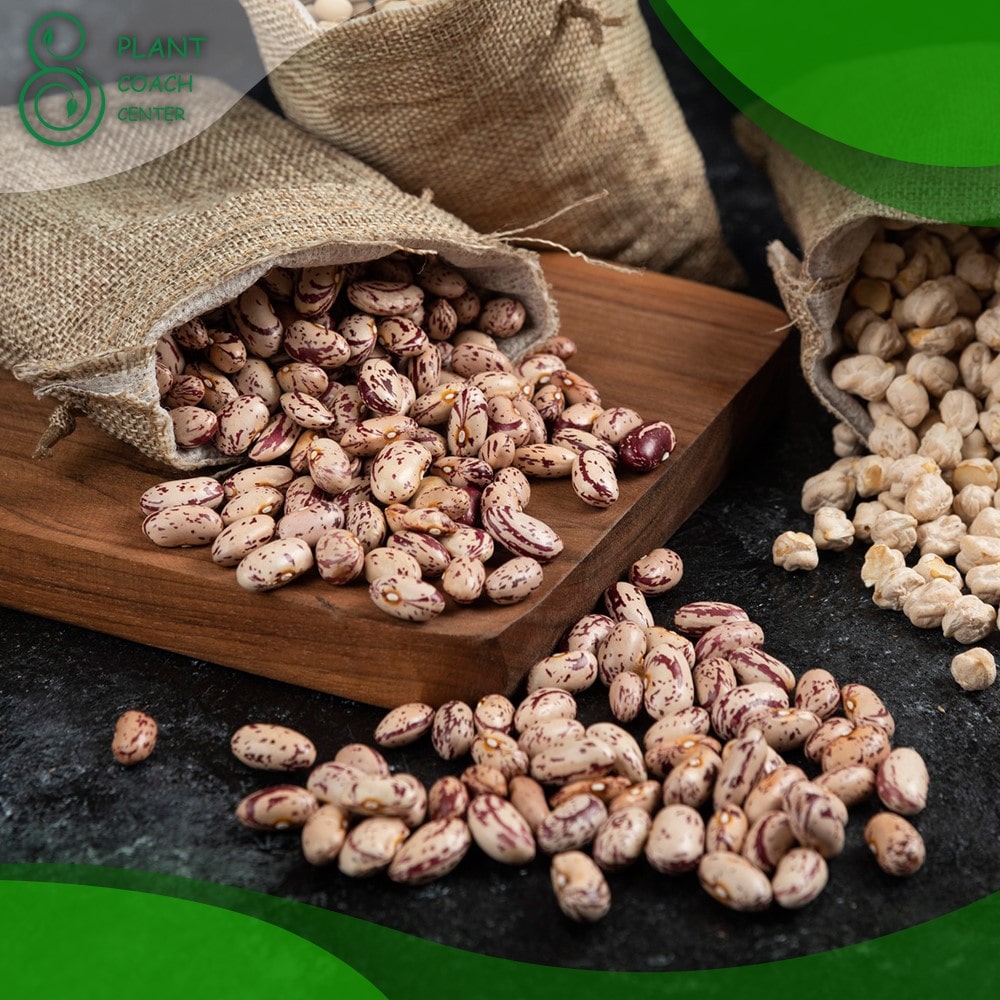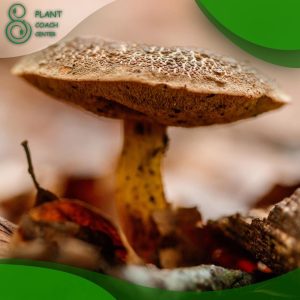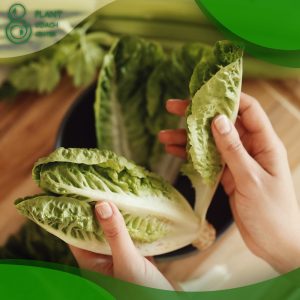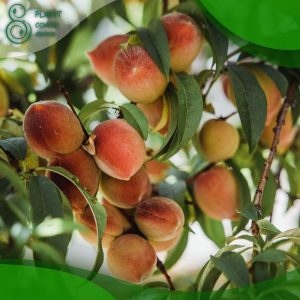Introduction
If you’ve ever wondered “how do pinto beans grow?” you’re not alone. This intriguing process is a marvel of nature, and understanding it can help you grow your own healthy, delicious pinto beans. In this article, we’ll explore the life cycle of pinto beans, from seed germination to harvest, and offer tips on how to handle common problems along the way.
What Are Pinto Beans?
Pinto beans are a type of common bean (Phaseolus vulgaris) known for their creamy texture and nutty flavor. Native to Mexico, they’re one of the most popular beans in the United States, and they’re often used in Mexican cuisine, particularly in refried beans and chili con carne.
Significance of Pinto Beans
Pinto beans are not just a culinary delight; they’re also packed with nutrition. High in protein, fiber, and a host of vitamins and minerals, they can be a key part of a healthy diet. They’re also beneficial to the soil, as they’re part of the legume family and can fix nitrogen, thereby improving soil fertility.
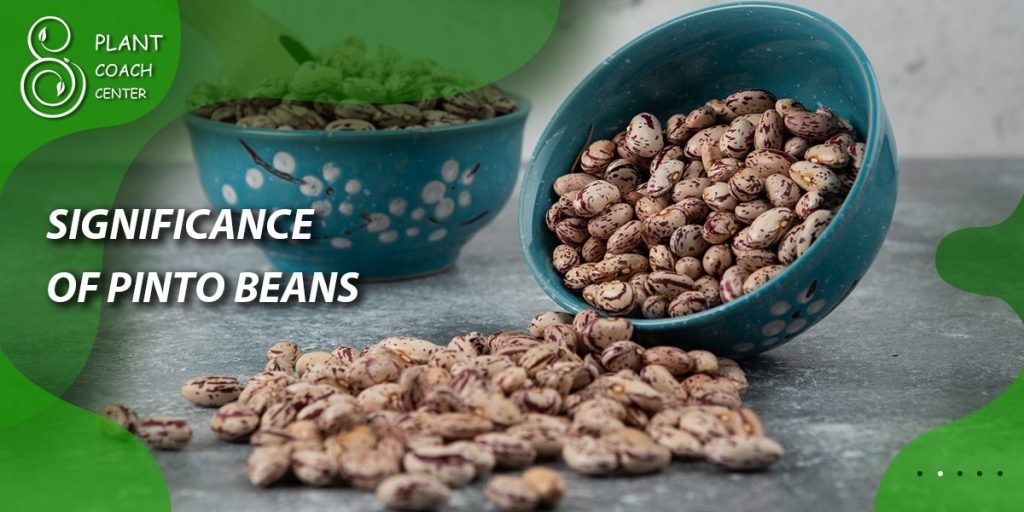
The Life Cycle of Pinto Beans
Understanding the life cycle of pinto beans is key to successfully growing them. From seed germination to harvest, each stage has its own set of challenges and requirements.
Seed Germination
The journey of a pinto bean begins with a seed. When conditions are right—warm, moist soil—the seed begins to germinate. A small root emerges first, followed by a shoot that will grow into the plant’s main stem.
To promote germination, soak your pinto bean seeds in water for about 8 hours before planting. This helps to soften the seed coat and speeds up germination. Plant the seeds about 1 inch deep in a well-draining soil.
Growth and Development
As the pinto bean plant grows, it develops a strong root system and a sturdy stem with leaves. The leaves photosynthesize, creating energy that helps the plant grow and eventually produce beans.
Pinto beans prefer full sun and moderately warm temperatures—between 60 and 85 degrees Fahrenheit. They also need regular watering, but be careful not to overwater, as this can lead to root rot.
Flowering and Pod Formation
Once the pinto bean plant is mature—usually about two months after planting—it begins to flower. These flowers then produce pods, each containing a few pinto beans.
Healthy pinto bean flowers are usually white or pale pink. If your flowers are wilting or falling off, it may be a sign of stress, such as lack of water, nutrient deficiencies, or pest attack.
Maturation and Harvesting
The final stage in the life cycle of a pinto bean is maturation and harvesting. The pods change from green to a mature tan or brown color, and the beans inside harden.
Harvest your pinto beans when the pods are fully mature and dry. To do this, simply pluck the pods from the plant. Then, split open the pods and remove the beans. Store them in a cool, dry place until you’re ready to cook them.
Troubleshooting Common Pinto Bean Growing Problems
Even with the best care, you may face problems when growing pinto beans. Here are some common issues and how to address them:
Pest Infestations
Pests, including aphids and bean beetles, can wreak havoc on pinto bean plants. They can damage leaves, stems, and pods, reducing your harvest.
Prevention and Control
Regularly inspect your plants for signs of pests. If you spot any, use an organic pesticide or introduce beneficial insects, like ladybugs, which are natural predators of many pests.
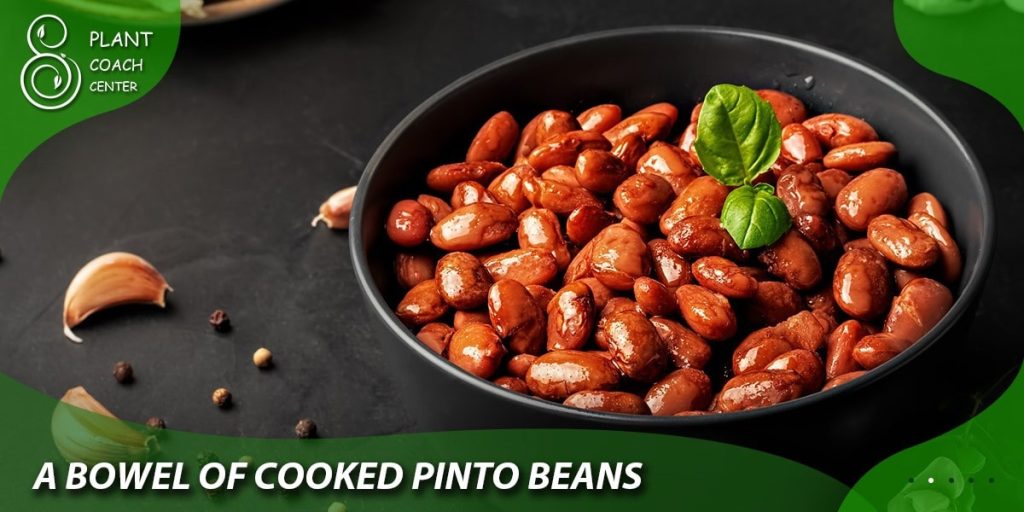
Diseases and Disorders
Pinto beans can be affected by several diseases, such as bacterial blight and fungal rust. These diseases can cause symptoms like leaf spots, wilting, and reduced harvest.
Prevention and Cure
To prevent diseases, ensure your pinto beans have good air circulation, avoid overhead watering, and rotate your crops. If your plants do get sick, use an appropriate organic fungicide or bactericide.
Can I grow pinto beans at home?
Absolutely, you can grow pinto beans at home, whether in a garden bed or in containers. In fact, growing pinto beans can be a rewarding project for both experienced and novice gardeners. Let’s break down the steps you need to take to grow pinto beans successfully at home.
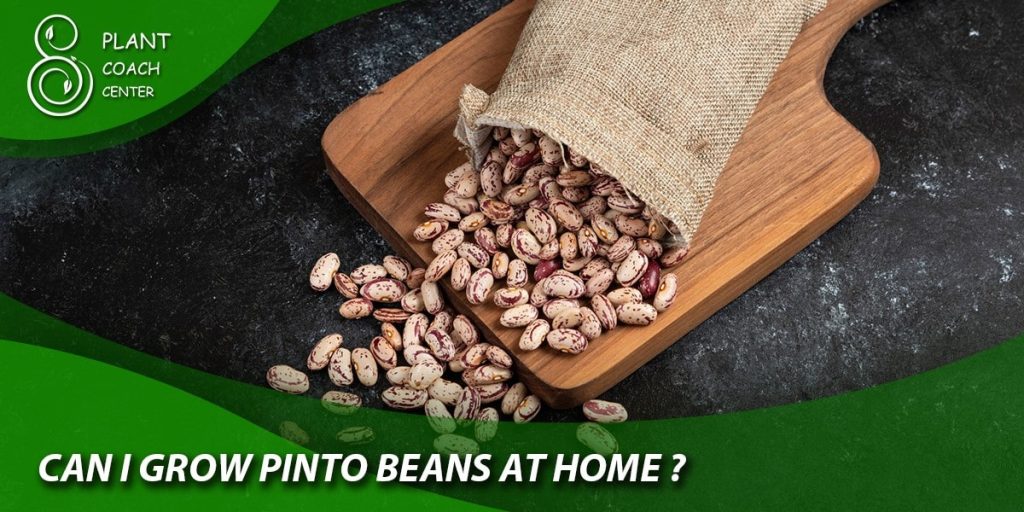
Seed Selection and Germination
Start by selecting high-quality pinto bean seeds from a reliable source. Ensure the seeds are disease-free and are not too old, as older seeds may have lower germination rates. Before planting, soak the pinto bean seeds in water for about 8-12 hours to soften the seed coat and speed up germination. However, do not leave them in water for too long as it might cause them to rot.
Planting
Pinto beans should be planted directly into the soil since they don’t transplant well. If you’re planting in a garden bed, ensure the soil is well-drained and rich in organic matter. The pH should be slightly acidic to neutral (6.0 to 7.0). Plant the seeds about an inch deep and 2-4 inches apart, in rows that are 2 feet apart. This gives the plants enough room to grow without competing for resources. If you’re planting in pots, choose a pot that’s at least 12 inches deep and has good drainage.
Growing Conditions
Pinto beans prefer full sun and need at least six hours of sunlight each day. They also like warm weather, with the optimal temperature for growth being between 60 and 85 degrees Fahrenheit. This makes pinto beans a great summer crop.
Watering and Feeding
Water your pinto beans regularly, keeping the soil consistently moist but not waterlogged. Overwatering can lead to root rot and other diseases. As for feeding, pinto beans, like other legumes, can fix nitrogen from the atmosphere and don’t require a lot of additional fertilizers. However, adding some compost or well-rotted manure at planting time can give them a good start.
Pest and Disease Control
Keep an eye out for common pests like aphids and bean beetles. If you spot any, you can use an organic pesticide or introduce beneficial insects like ladybugs. Diseases to watch out for include bacterial blight and fungal rust. You can prevent these by ensuring good airflow around your plants, avoiding overhead watering, and practicing crop rotation.
Harvesting
Pinto beans are typically ready to harvest about 90 to 120 days after planting. Wait until the pods are fully mature and dry, then pluck them from the plant. Open the pods to remove the beans, and store them in a cool, dry place.
Conclusion
Growing pinto beans can be a rewarding endeavor, yielding a bountiful harvest of nutritious and tasty beans. Understanding how pinto beans grow—from seed germination to harvest is key to your success. We hope this guide has provided you with the knowledge you need to confidently grow your own pinto beans.
How long does it take for pinto beans to grow?
It typically takes about 90 to 120 days for pinto beans to go from seed to harvest.
Can I grow pinto beans in a pot?
Yes, pinto beans can be grown in pots, as long as they have enough room to grow (a pot that’s at least 12 inches deep is best) and good drainage.
Do pinto beans need a lot of water?
Pinto beans need regular watering, but it’s important not to overwater them. Make sure the soil is well-draining.
Why are my pinto bean plants yellowing?
Yellowing leaves on pinto bean plants could indicate a number of issues, including nutrient deficiencies, overwatering, or disease.
What should I do if my pinto beans aren't producing pods?
If your pinto bean plants are flowering but not producing pods, it could be due to poor pollination, lack of nutrients, or stress from pests or disease. Ensure your plants have the nutrients they need and are free from pests and diseases.
Can I save my pinto bean seeds for next year?
Yes, you can save your pinto bean seeds for planting next year. Make sure to store them in a cool, dry place.


